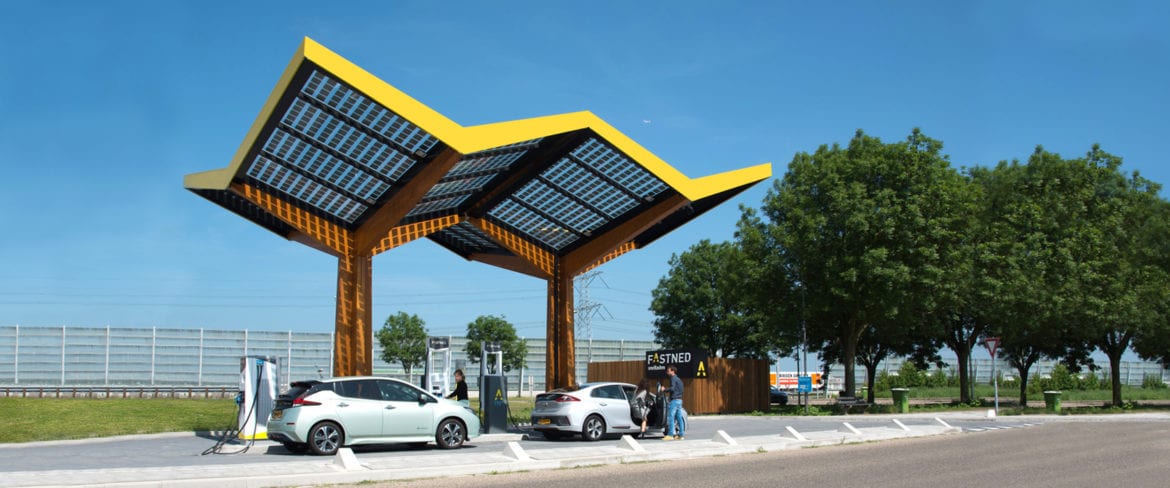The past few years have been very exciting when it comes to electric cars and their rapid advancements. While only a decade ago, we only had a handful of brands offering compliance cars, today just about every automaker has or is planning for competent EVs. Now its time for the EV charging experience to catch up. While I feel like many options have hit a great sweet spot when it comes to range, it’s now time to elevate and polish charging infrastructure.
The EV Charging Problem
Since the dawn of EVs, most enthusiasts and analysts have been gun-ho about charging infrastructure roll-out as the most important supporting factor to help support the electric transition (along with proper education about ownership). While yes, having an abundance of charging locations is a wonderful way to curb the dreaded range anxiety, it’s also important for the chargers to both be functional and user friendly. There’s already a sacrifice in terms of time spent refueling when compared to gas stations, so it’s best to offer a service that works.
Unfortunately there have been some growing pains when it comes to the charging infrastructure, particularly when it comes to functionality. A recent study have shown that on average one in five EV owners have experienced chargers that simply didn’t work. Along with each provider necessitating their own accounts and payment methods, the current system surely has room for improvement.
National Electric Vehicle Infrastructure Program
Hot on the heels of reforming the EV tax credit system that encourages domestic production of critical EV materials, the US government announced a new $5 billion National Electric Vehicle Infrastructure (NEVI) program to improve the nation’s charging infrastructure.
The initial goal is electrify about 75,000 miles of American roadways throughout all fifty states. The White House states the following regarding the motivation of this program:
Until now, there were no comprehensive standards for the installation, operation, or maintenance of EV charging stations, and disparities exist among EV charging stations in key areas, such as connector types, payment methods, data privacy, speed and power of chargers, reliability, and the overall user experience.
The Key Points
The announcement laid out five broad goals for the program.
- Reliable And Predictable EV Charging. Chargers will need consistent plug types, power levels, and a minimum number of chargers capable of fast-charging.
- High Uptime EV Charging. The program will set a goal that federally funded chargers will need at least 97% uptime.
- Easier To Find. EV Chargers should be easier to find. This shouldn’t be too hard to achieve as sites like plugshare already exist.
- Single Account. A single method of identification should work across all chargers.
- Future Proofing. Chargers should have support with forward-looking capabilities like Plug and Charge
These are certainly a great collection of goals, particularly when it comes to an uptime requirement and having a single account for every charger. As I’ve said before, I think the range requirement for many is met with the current crop of EVs, but the speed, intuitiveness, and availability of EV charging is noticeably behind a gas station.
For the time being, it’s unclear how much oversight the government will have over these chargers, or when they will even begin building them out. Still, this a great step in the right direction.
Source: White House
